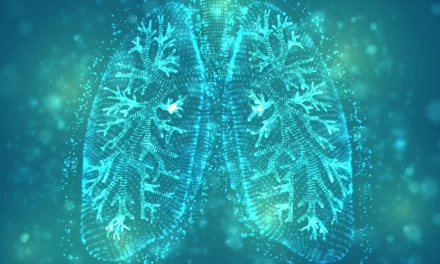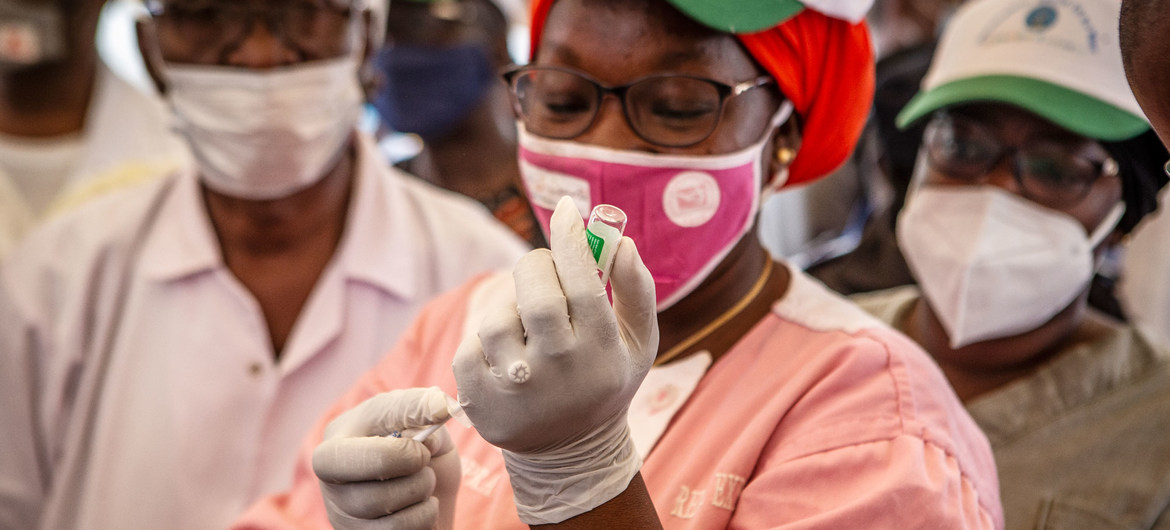Jerusalem, October 2024: As the world grapples with the growing challenge of antibiotic resistance, a groundbreaking discovery by Israeli researchers brings new hope. A team led by Dr. Asaf Levy from The Hebrew University of Jerusalem has identified a novel group of bacterial toxins that can effectively kill harmful bacteria and fungi without damaging other organisms. The findings, published in Nature Microbiology, could pave the way for innovative treatments to combat infections that have become resistant to conventional antibiotics.
The study analyzed more than 100,000 microbial genomes, revealing how certain bacteria use these toxins to outcompete other microbes in their environment. These toxins, referred to as polymorphic toxins, are essential weapons in microbial warfare. They can target and eliminate competing microorganisms, helping the bacteria that produce them to thrive in diverse ecosystems.
To make this discovery, the team employed a cutting-edge computational approach to sift through over 105,000 microbial genomes. Through this analysis, they identified previously unknown toxin protein domains, shedding light on how these proteins function.
The research validated nine newly discovered toxins, each representing a large, evolutionarily conserved family. Remarkably, these toxins were able to kill both Escherichia coli (a common bacterium) and Saccharomyces cerevisiae (a type of yeast). In addition to their antibacterial properties, the toxins also demonstrated strong antifungal activity, offering a potential new solution for treating fungal infections, which are notoriously difficult to manage with current medications.
Further investigation revealed five immunity genes within the bacteria that produced the toxins, preventing them from being destroyed by their own toxic arsenal. This self-protection mechanism ensures that these bacteria can use their toxins to compete against other microbes without harming themselves.
One of the most promising aspects of this discovery is that these bacterial toxins specifically targeted pathogenic fungi and bacteria, while sparing other organisms such as invertebrate species and macrophages, the immune cells in humans. This selectivity is crucial for the development of future treatments that minimize side effects and avoid harming beneficial organisms.
Dr. Levy expressed optimism about the implications of this discovery, noting, “Our findings expand our understanding of how bacteria use toxins in competition with other microbes and provide exciting avenues for future research into critically needed antimicrobial agents against human and plant bacterial and fungal pathogens.” He added that these toxins could serve as a foundation for new clinical treatments or biotechnological innovations.
The discovery comes at a critical time as antibiotic resistance, or antimicrobial resistance (AMR), is rising globally, making many infections harder to treat. AMR threatens to undo decades of medical progress, and new treatment approaches are urgently needed to fight resistant pathogens. This study opens the door for new strategies to develop antimicrobial agents that could be used in human medicine, agriculture, and biotechnology.
The research by Dr. Levy and his team offers a fresh perspective on microbial competition and the role of bacterial toxins in ecosystems. By harnessing the power of these toxins, scientists may be able to develop new, effective treatments to combat resistant bacterial and fungal infections, which have become an escalating global health threat.
Key Findings:
- Discovery of nine new bacterial toxins with the ability to kill Escherichia coli and Saccharomyces cerevisiae.
- Strong antifungal activity, making these toxins a potential treatment for fungal infections.
- Identification of five immunity genes that protect toxin-producing bacteria from self-destruction.
- Potential applications in developing novel antimicrobial agents to combat antibiotic-resistant pathogens.
As research progresses, these newly discovered toxins could represent a powerful tool in the global fight against AMR, providing hope for a future where infections caused by resistant pathogens are once again treatable.











